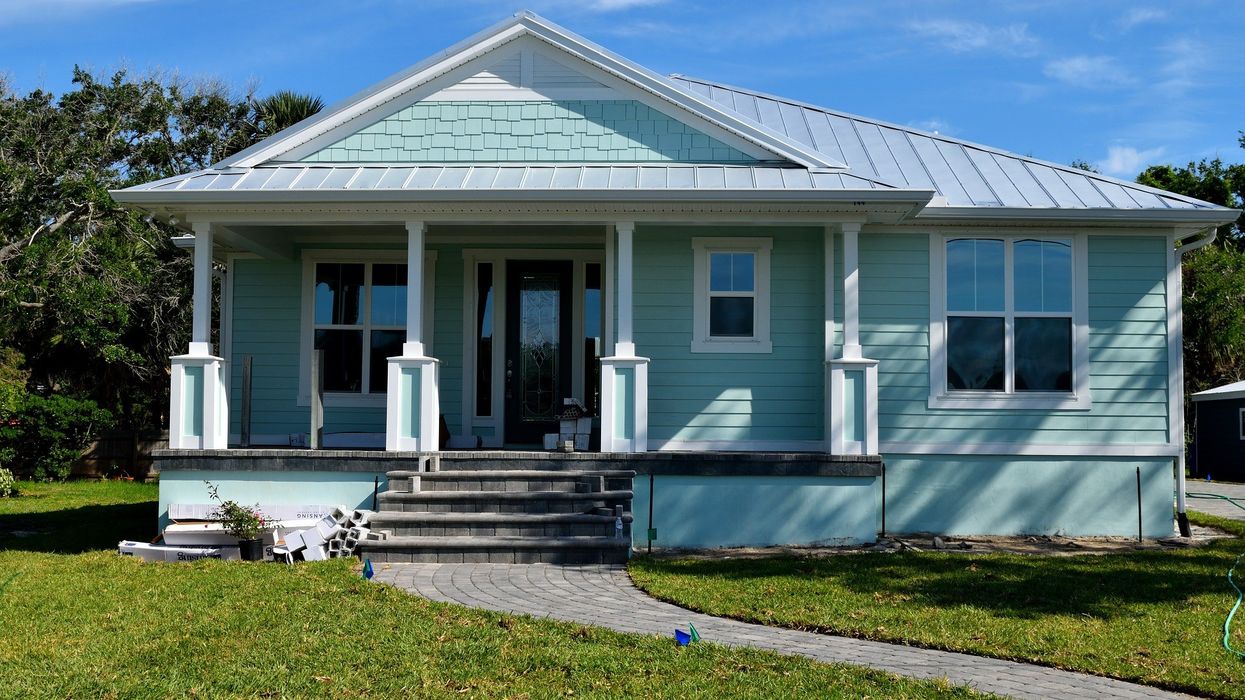It can take millennials literally decades to save up for a down payment on a house. The whole process can be a little tricky, especially if you are single. But before you begin saving, check your goalpost because there are pros and cons to both the five and 20 per cent down payment. And as Canadian housing prices have begun to slowly increase again, many would-be homeowners are feeling the pressure to just get into the marketplace.
READ: First-Time Home Buyers Incentive Limits Torontonians To Buying Condos
Since Toronto-area homes have reached an average price of $843,115, many prospective buyers are tempted by the minimum five per cent down payment. For a $500,000 home, that would mean a $25,000 deposit – a seemingly reasonable fee to get your foot in the door. But it likely won’t be the door of a Toronto home. You’ll also have to pay expensive mortgage default insurance premiums.
Saving a 20 per cent down payment saves you from the 4 per cent mortgage loan default insurance and is required on every home valued at $1 million or more. If your desired home falls between $500,000 and $1 million, five per cent is required on the first $500,000 and 10 per cent for the portion above $500,000.
Mortgage expert and founder of RateSpy.com told the Toronto Star that young people often can’t resist the allure of a five per cent deposit, “so many young buyers stay on the sidelines scrimping for a bigger down payment,” says McLister. “But it’s only to see home prices run away from them.” Housing prices are forecasted to continue soaring through the end of 2019.
READ: Buyer Beware: Flipped Houses Aren’t Always As Good As They Look
With a shorter saving time, first-time home buyers are almost guaranteed to make a good investment – at least in the GTA, “provided homebuyers don’t overextend themselves.” Many Toronto home owners may be rich in equity, but struggling with day-to-day expenses due to the new common Toronto disposition of being “house poor." It’s led to a new trend this year of young people renting in the city, but purchasing a weekend home outside of the GTA (i.e. – some version of a cottage).
If you can accept the premiums that come with an insured mortgage, one advantage is that buyers get access to the lowest interest rates available. You can also access the First Time Home Buyers’ Incentive (the shared equity mortgage with Canadian Government) and other government home subsidies. A five per cent down payment might also leave you some money to buy furniture.
The five percent down payment can also lock you into payments - even if the market prices should crash. “On Day One you’re almost 99 per cent financed. It doesn’t take much of a home price selloff to trap you in your home, preventing a sale,” said McLister. You’ll also be paying thousands, if not tens of thousands more for your home, due to interest. The amortization for a five per cent property is limited to 25 years and it must be owner-occupied.
READ: 9 Things That Can Bring Your Property Value Down
So forget your Airbnb dreams! Borrowing the downpayment from a credit card, while possible, isn’t actually the wisest choice, as McLister says, “they [the buyers] can essentially owe more than their home price on Day One.”
With a 20 per cent down payment, your amortization can span more than 25 years, you can earn a home equity line of credit, and avoid the federal stress test altogether. The only real down side is that you tie up most of your capital (it’s also usually required with many new-build properties).
“Often times it makes more sense to put less down so you can allocate cash to purposes with a higher return on investment.”
Just beware of the consequences that come with each down payment option.





















